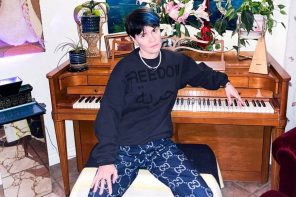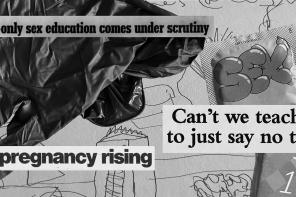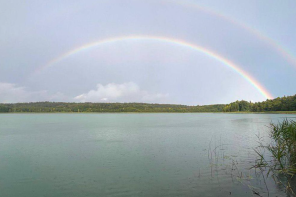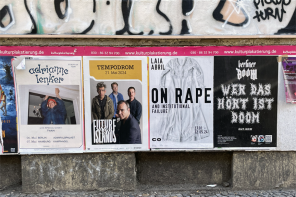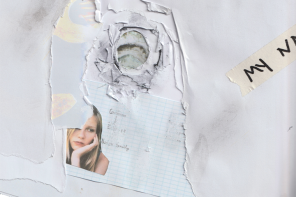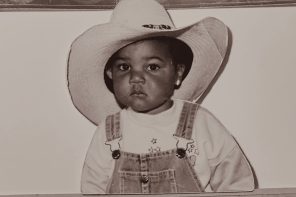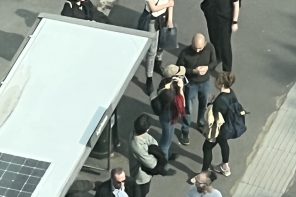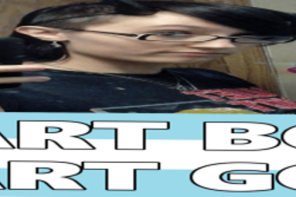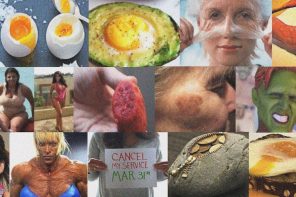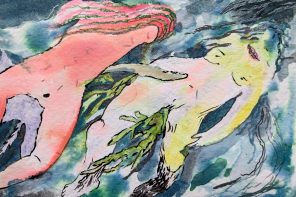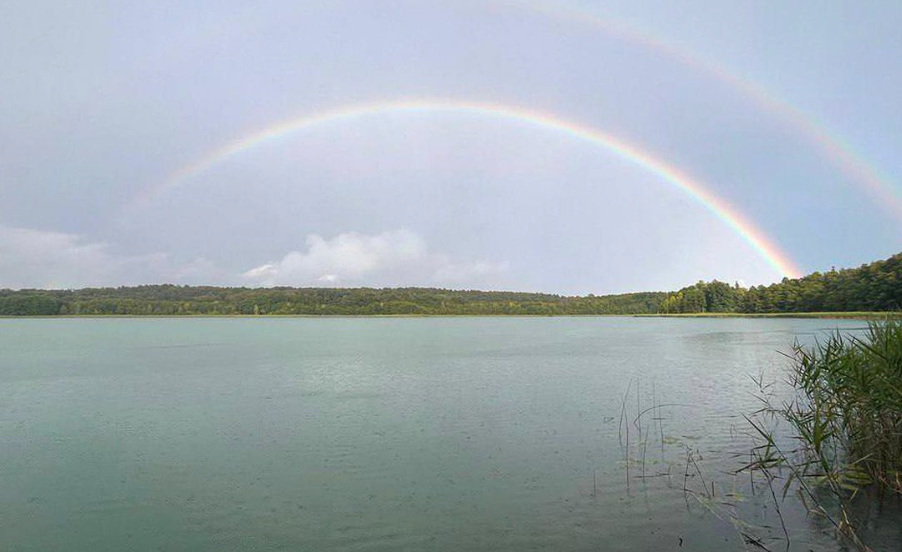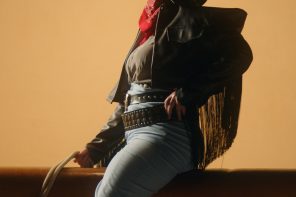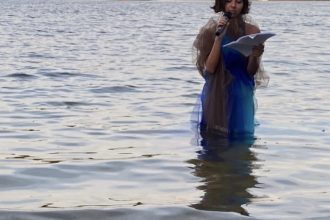July 30, 2023
In July 2023, COVEN and DoLess, an international well-being and resilience artistic collective, organized and produced a week-long explorative artistic research laboratory and residence. DoLess art collective has evolved from a series of creative workshops aimed at Belarusians during 2020-2023. They have held over 70 events with a total of 1700 participants.
During this week the artists explored the notions of care in art, collective and socially engaged art practice, and created visual land art works and art interventions. Here are some of our collective thoughts and findings from this week.
Future, Care and Art
How can the concept of care inform the collective art practice?
Care and environmental responsibility are closely intertwined with our understanding of the future, which has not been the same in different times and cultures. The future could be constructed as something unchangeable that one can try and read, or as a daily and seasonal cycle from which one can gain certainty and structural security. With industrialization and the emergence of the market economy, the concept of the future as an empty space that can be transformed remains dominant. The empty future is abstract and open. This concept allowed industrial societies to have quick economic growth, but it increased structural uncertainty as well, because an empty future is open to exploitation and control.
This concept of an empty future connected with structural irresponsibility ultimately contributes to the current worldview where we are aware of climate change acceleration and the urgent need to take action – and yet still continue old patterns. If the future is empty, open and abstract, then our understanding of responsibility is biased towards the present.
Our actions have a timestamp – distant changes and influences in the future have been caused by our choices and actions in the present. The large part of the timestamp of our actions is invisible. It’s not in our view, and we are not legally responsible and cannot be morally blamed for its effects on the distant people whom we will never know, non-human living organisms, landscapes and ecosystems. It creates an inequality of power between present and future. One possible solution to this inequality can be found in collective art practices.
The concept of active and non-reciprocal care can be a guidance in the face of uncertainty. Care can surpass the limitations of the reciprocal and autonomous, legal and moral concepts of responsibility. Care is non-reciprocal, not necessarily equal, and encourages us to extend our activities in order to sustain relationships. Care is a social process carried out through building and keeping relationships with specific people with whom we share the same timeline. These relationships, this involvement with others is needed for our own well-being and the well-being of other humans and non-humans whom we care for. Care allows us to transcend structural irresponsibility and live meaningfully.
During the residency the artists explored how care, uncertain futures, and timestamps can be embedded into everyday art practices. We created land art objects and art interventions in the forest and on the shore of the lake, taking care of these non-human living ecosystems, and invited them to be a part of the artistic practice. These works are physically impossible in an enclosed museum space, and they require the spectator to be fully immersed in them to create a lived bodily experience, focusing on our relations between body, earth, and water.
Collective art as a way to be in a dialogue with humans and non-human others
Collective socially engaged art focuses on the process rather than the final result. Here is DoLess’s manifesto for a restorative collective art practice:
- Everyone has the right to live, rest, and enjoy life
- We respect all human and non-human beings
- We take care of ourselves, human, and non-human beings around us
- Everyone has the right to express themselves creatively
- Our value in society should not be defined by effectiveness or productivity
Maria Gulina, member of DoLess and an art manager, said: Collective art is a way to address nature and to initiate positive social change. Art should ultimately be a public dialogue including all citizens and forces of nature, healing the destructive actions of mankind and starting a profound regeneration of the earth and human social structures.
There is increasingly more ecological (eco) art in museums, and the artists are working more consciously on the contrast between interiority and exteriority (as well as between museums and public space, human and nonhumans, nature and culture), deconstructing these binary oppositions. Collective eco art boldly enters into today’s debates on climate science, government policy, and both corporate and individual responsibility. Adding the notion of care to eco art allows us to challenge the neoliberal approach with the focus on individualism, effectiveness, constant work, and unrealistic productivity. Practicing care in our art, care towards oneself, and towards humans and non-humans, allows us to fully enter the dialogue with the world.
Systematic transformation to more sustainable ways of life requires fundamental changes in values and practices. Engagement through art and care will support the proliferation of multiple kinds of knowledge, imagination, and intelligences – and ultimately will allow us to construct alternative futures.
Looking at eco art as a collective and caring art practice helps overcome human detachment from material objects by addressing the elements of an ecosystem as active participants of the creative process. It helps us respect the fundamental interdependence and interconnectedness of all things in order to address the Anthropocene. Art renders us more sensitive to the world that is changing in the time of the Anthropocene. It makes us reflect upon the broader concepts of care and extend it non-reciprocally, creating meaningful relationships with distant and unfamiliar others, ecosystems and landscapes, humans and non-human objects. It makes us problematize human-exclusive thinking and human exceptionalism.
Care is connected with emotions and empathy and can extend across time and space. Artistic imagination is a necessary element of care, as manifested in empathy and considering responsive actions.
Words by Harley Aussoleil, Culture Reviewer
Images by Maria Gulina
Harley Agnes Aussoleil is a curator, culture reviewer, and artist based in Berlin since 2012. She has been a member of COVEN BERLIN since 2016.
Maria Gulina is a creative producer, art manager and photographer. She is a member of DoLess art collective since 2020. Her works were part of collective exhibitions in Belarus, Czech Republic and the United Kingdom. She is working with topics of deep ecology, care and art activism. She is currently working in Open Eye Gallery, Liverpool.
